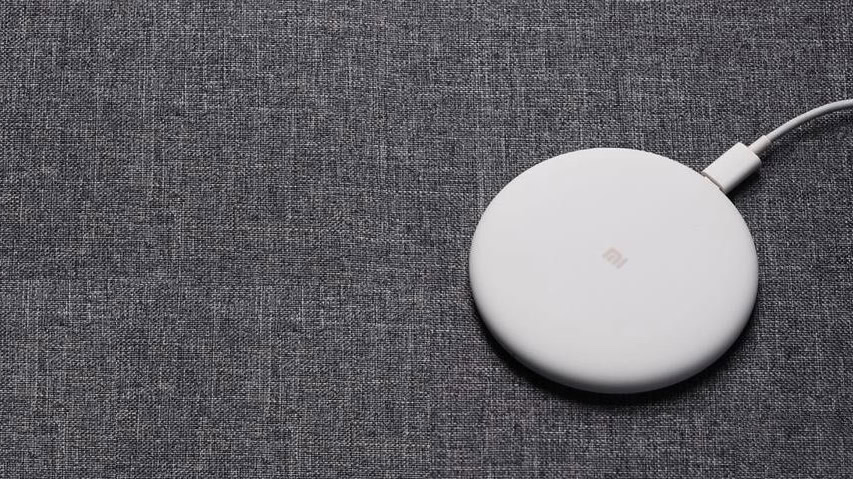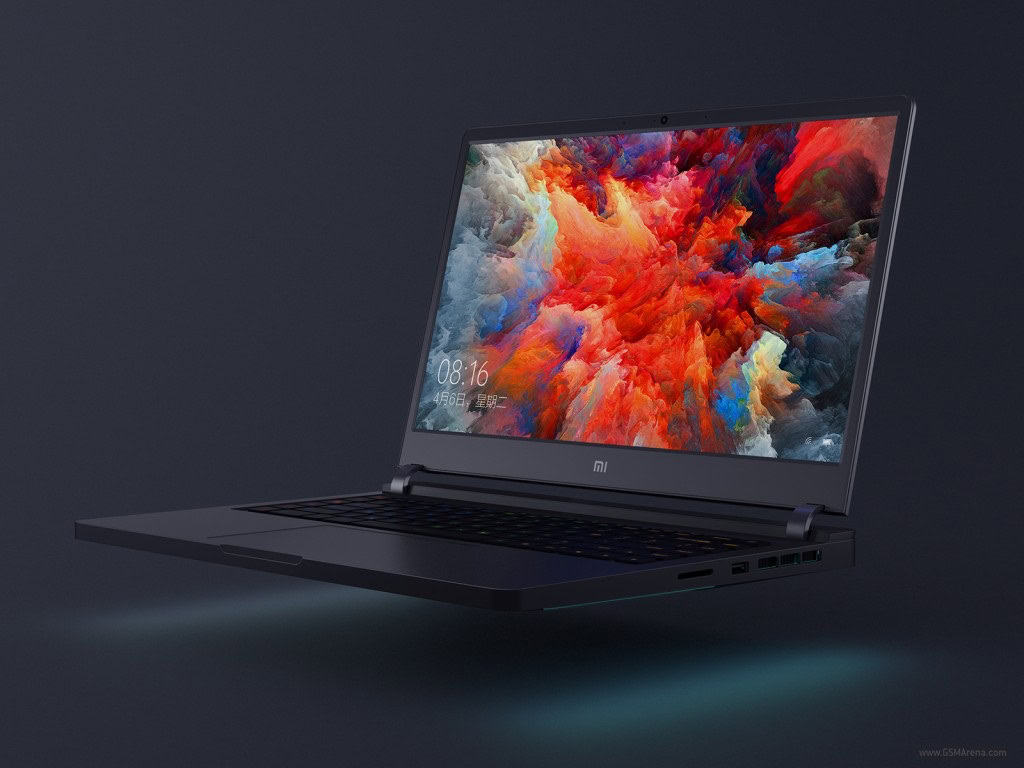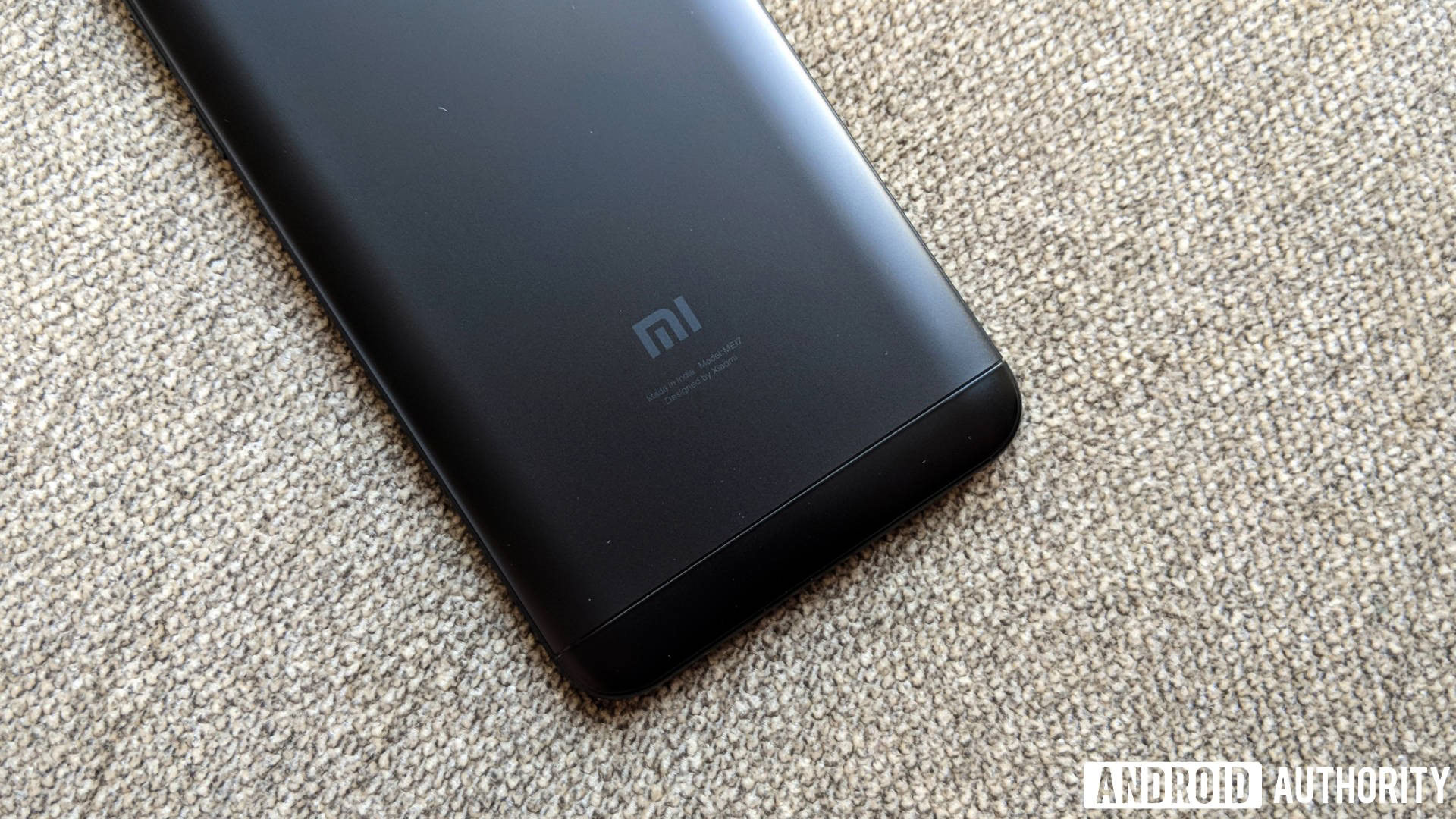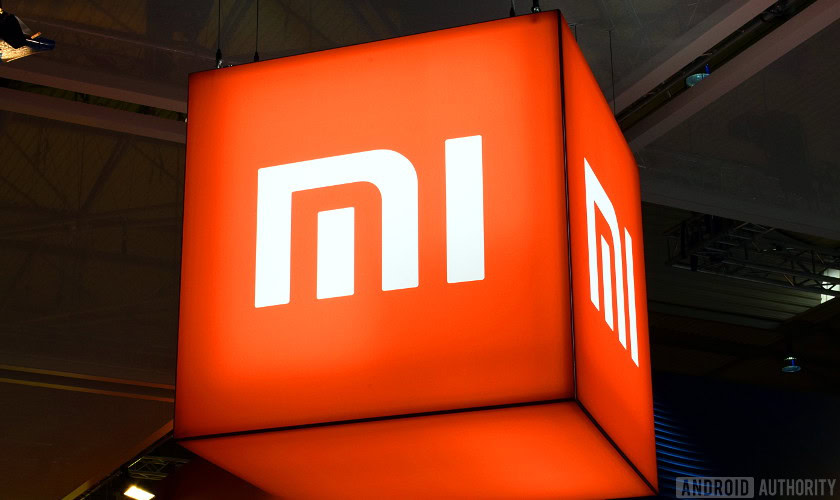Affiliate links on Android Authority may earn us a commission. Learn more.
Shanghai through the lens of the Xiaomi Mi Mix 2S
Published onApril 19, 2018
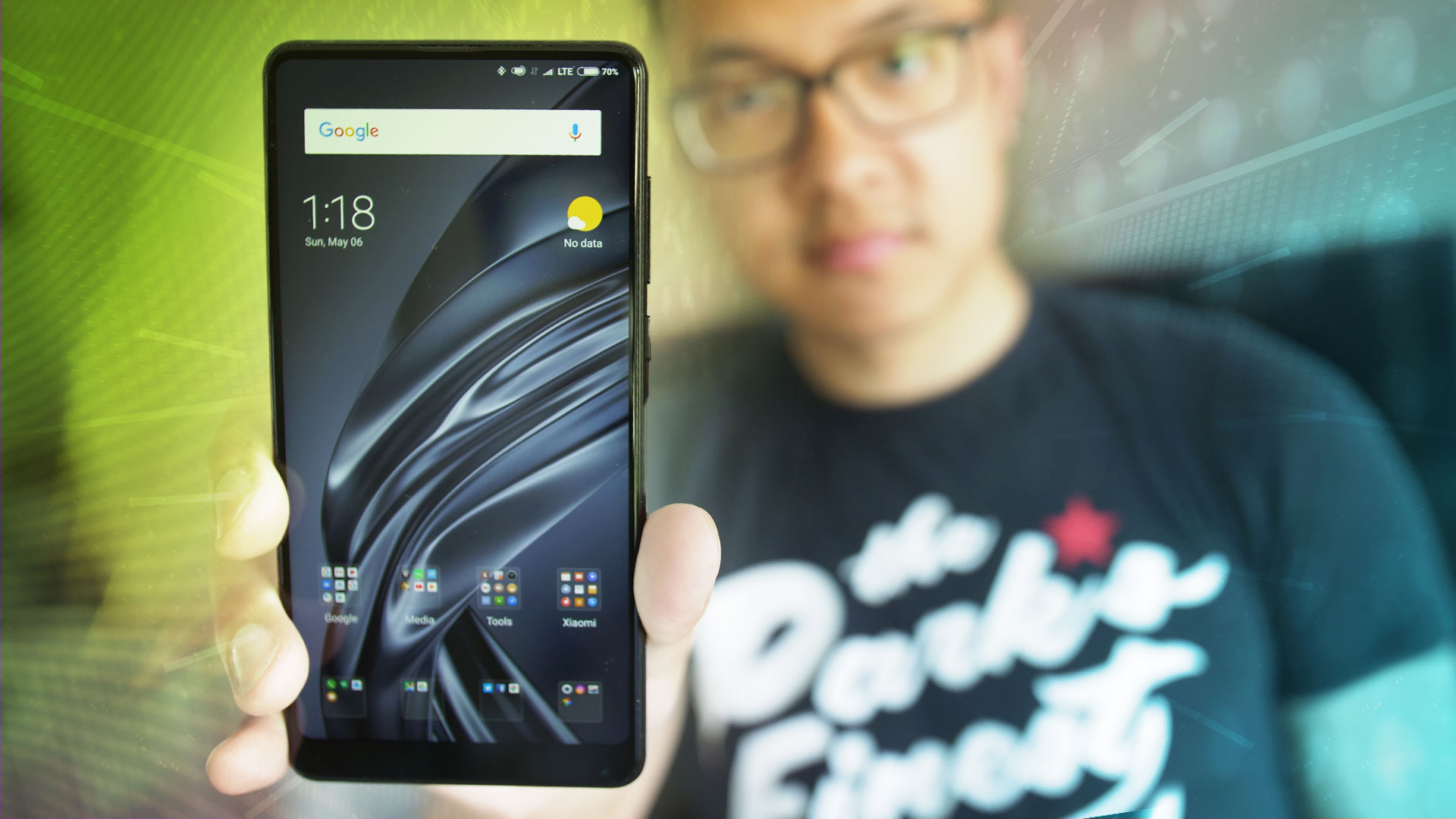
After the launch of its updated full-screen smartphone, Xiaomi invited us to take the Mi Mix 2 out for a packed day around Shanghai, China. This brand new device is admittedly an iterative upgrade to the original. The camera has been upgraded with a new sensor, a zoom lens, and AI features for both scene detection and beauty mode enhancements. Though the software is not final in our current unit, we will be doing a full review once we are able to test the final software.
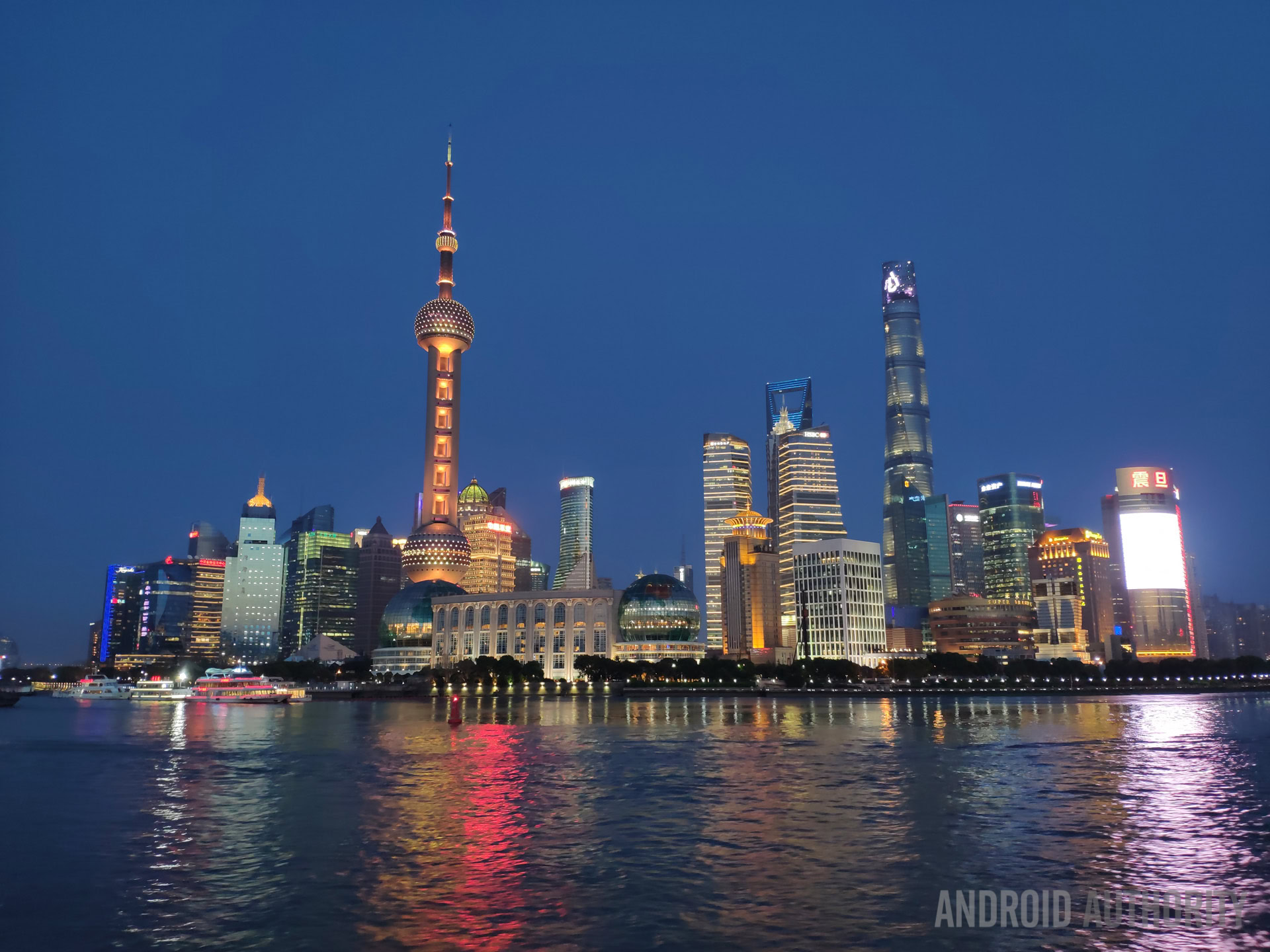
We took a slew of different shots during our day in one of China’s most popular cities and compiled a vlog-style video showcasing the 4K video quality. Feel free to watch the video above and then view the gallery where most of the photos are presented. For the very keen, a Google Drive folder will be linked at the end with every photo I took in full resolution if you want an even closer look.
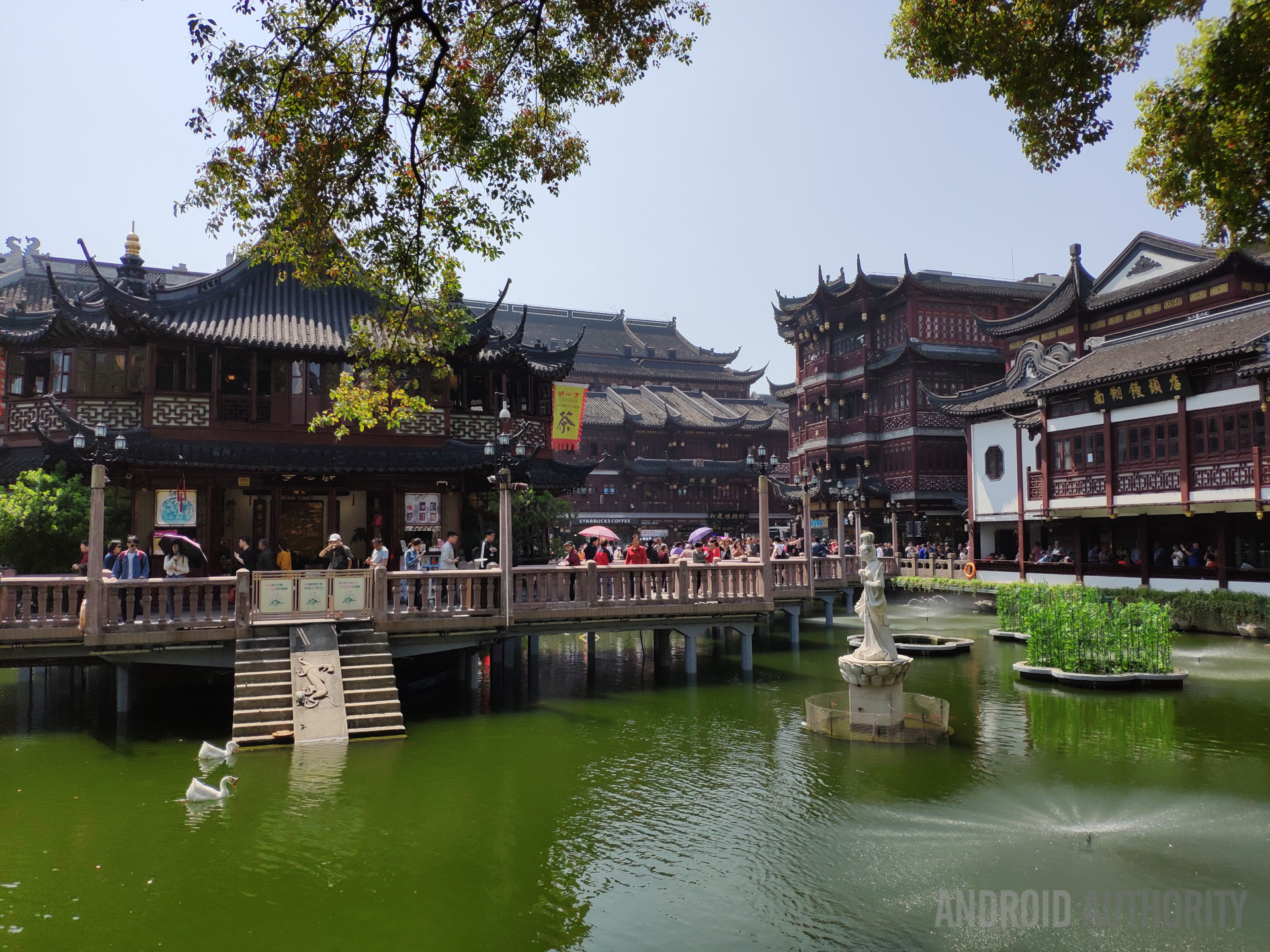
The day started off with a walk through the older part of Shanghai, called New Town Shanghai or New City of Shanghai. Before stepping into the large shopping area, we spent some time in the Yu Garden, just beside the City God Temple. The garden was lush and beautiful, blossoming just in time for Spring. Green was coming back to the trees and we even saw some of the lighter color leaves falling elegantly. It made for a lot of different contrasty shots. The Mi Mix 2S could mostly handle these situations with relative ease, though broad daylight photography is typically pretty easy for any smartphone.
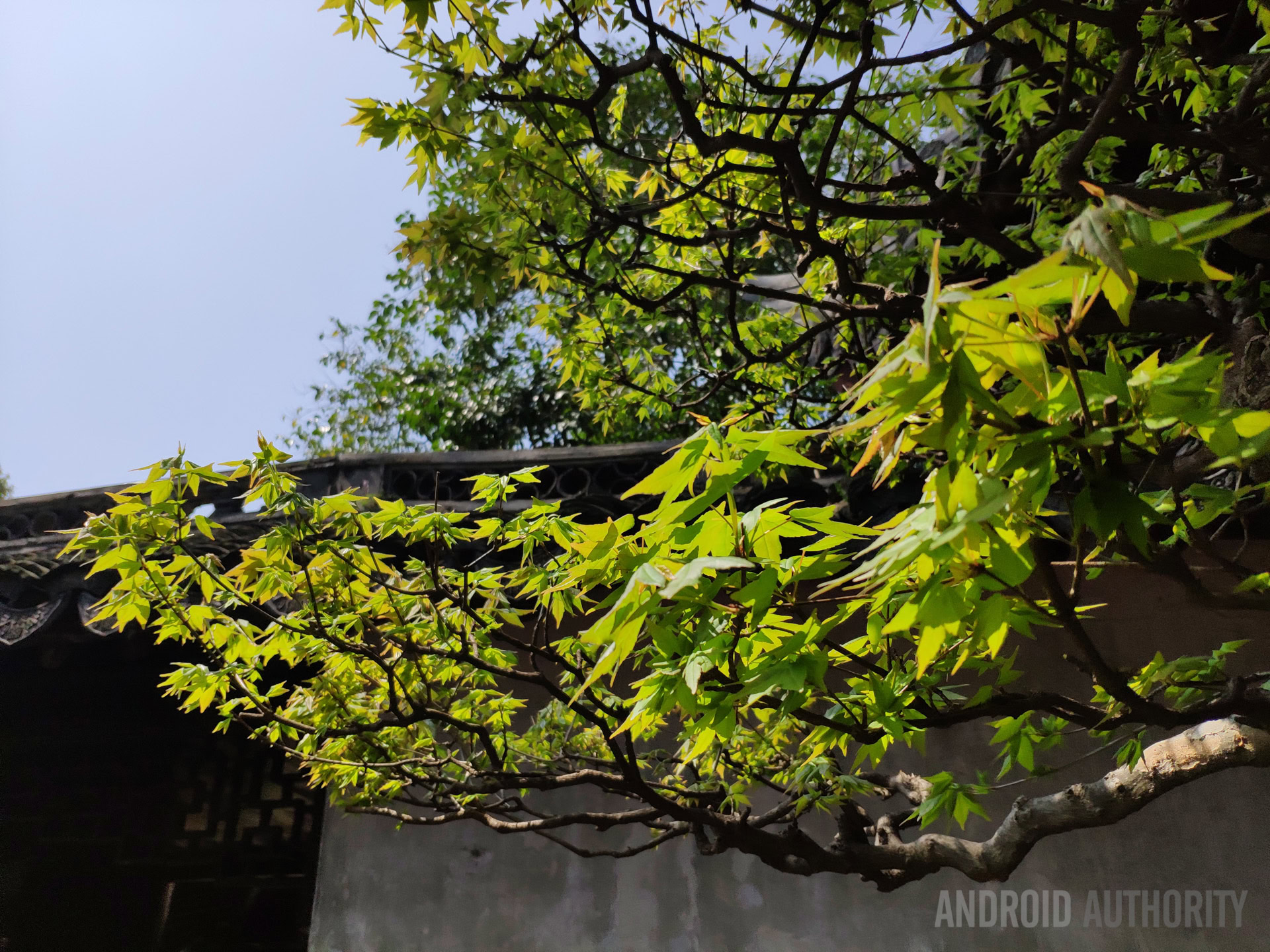
After the Yu Garden, we went to a tourist market. Much of the area here is smothered in commerce. The streets were riddled with stores of different types, despite the older Chinese architecture of the buildings. Again, with the sun directly beaming downward, the area was highly contrasted and served as a good testing area for the camera’s dynamic range. Dynamic range is often not amazing on smartphone cameras, and the Mi Mix 2S performed admirably. It managed to keep detail in the highlights without dropping the shadows too far below. These shots might have a little more noise in the dark areas, but the important parts of the frame are exposed well enough that they are recognizable.
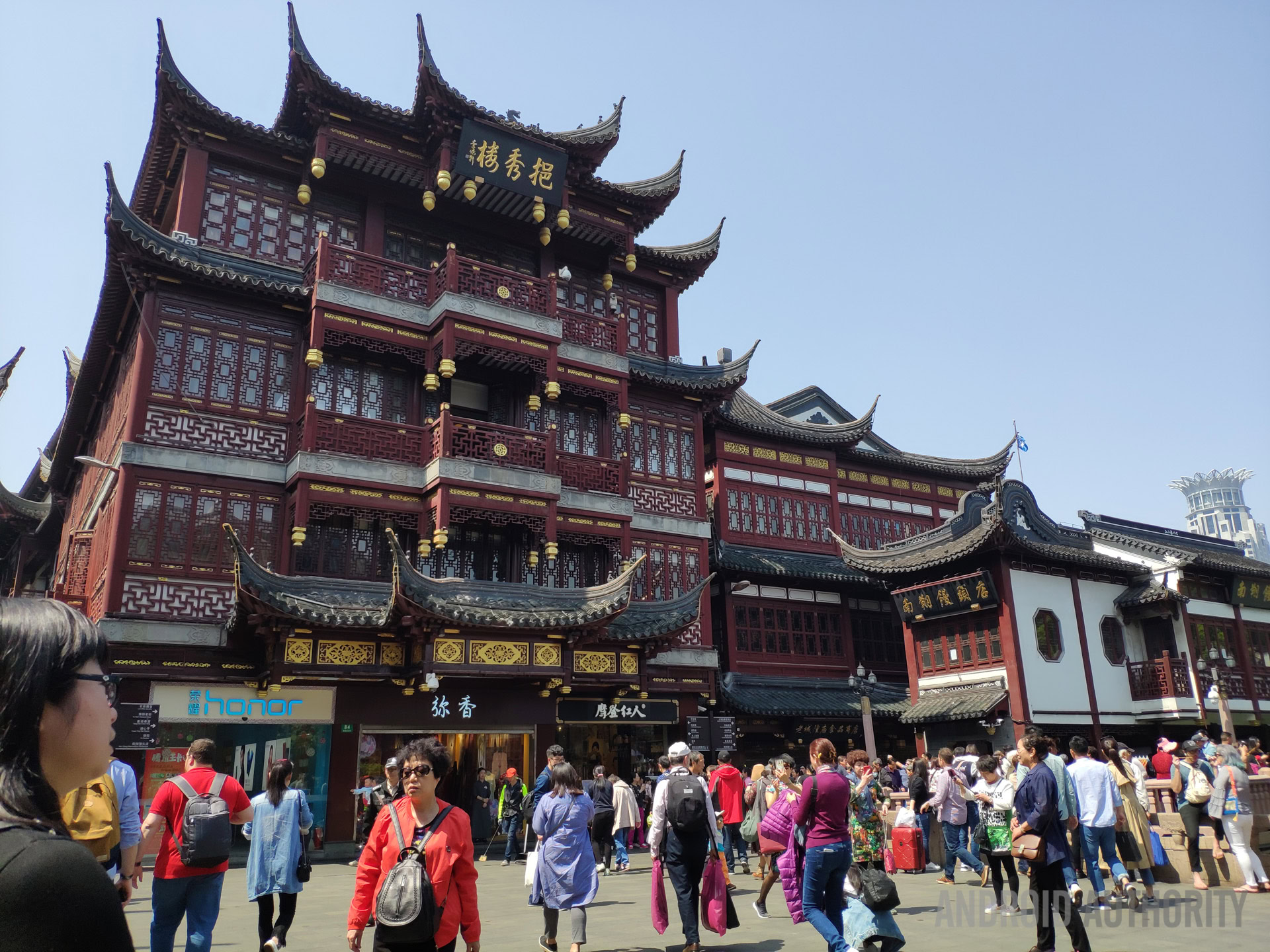
Lunch provided an opportunity for some foodie shots, but Chinese food isn’t necessarily the most photogenic. Still, in an indoor setting without too much natural light, the Mi Mix 2S provided some good results. See the gallery at the bottom for those tasty photos.
Read: Xiaomi Mi Mix 2S specs
The next destination was one of the most touristy — the Oriental Pearl Tower. Known also as the TV Tower, this tall structure looks like something out of an anime. I kept asking if the building would transform at some point while we were in it. The top floor observatory of this tower sits 350 meters (~1150 feet) up, with great views of Shanghai in all directions. One deck even has a clear plexiglass floor, so you can see the drop clearly below your feet.
This kind of situation benefits from the zoom lens when you might want to get a tighter shot of the cityscape below. I didn’t find much in the way of issues with the zoom lens photo quality, but it was here I most noticed the camera software wasn’t fully optimized. The app would hang for a while after hitting the shutter button in zoom. It downright crashed at some points and the phone would have to be restarted to initialize the app once again. Though this behavior from the camera is definitely not ideal, it is only a problem with our global review units because, again, the software has not been finalized by the MIUI team. It shouldn’t be as much of an issue for users in Asia who are getting more native versions of the Mi Mix 2S.
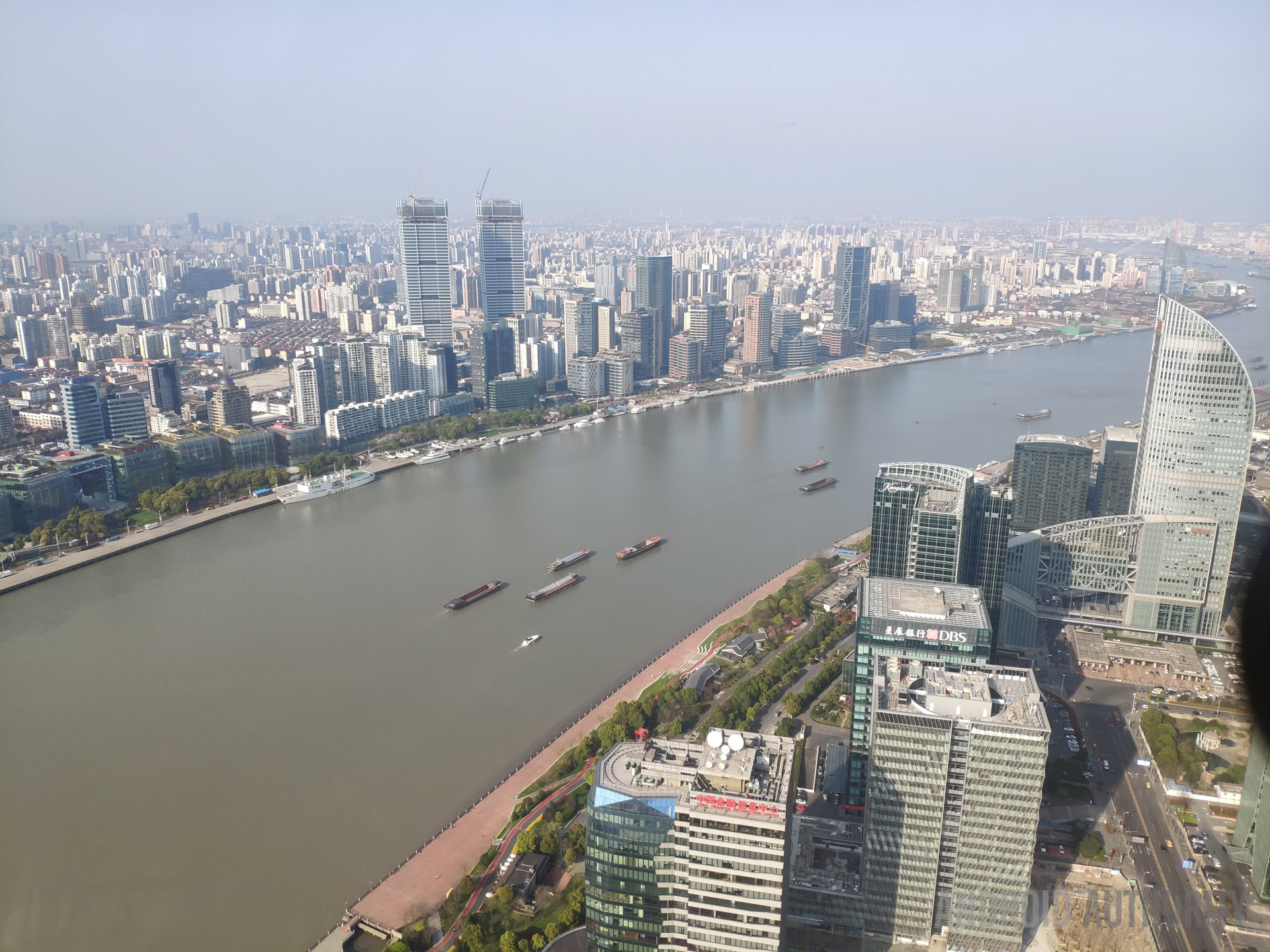
Finally, we took some night shots while out on the Bund River Cruise. The Bund quite literally cuts the city of Shanghai in two, geographically separating the Western and Eastern parts. The views from the river cruise are best at night when the tall skyscraper commercial buildings light up, even if they are mostly brand logos. This kind of scene can really test the dynamic range of a phone camera, as the auto exposure of the sensor has to create a balanced result without making the lights blown out just to brighten up the dark of night or vice versa. Xiaomi impresses once again, showing the move to a new 1.4-micron sensor was worth it — the pictures of the Shanghai skyline consistently looked pretty great. In some cases, the automatic exposure left a bit too much noise in the shadows, but it wasn’t too common.
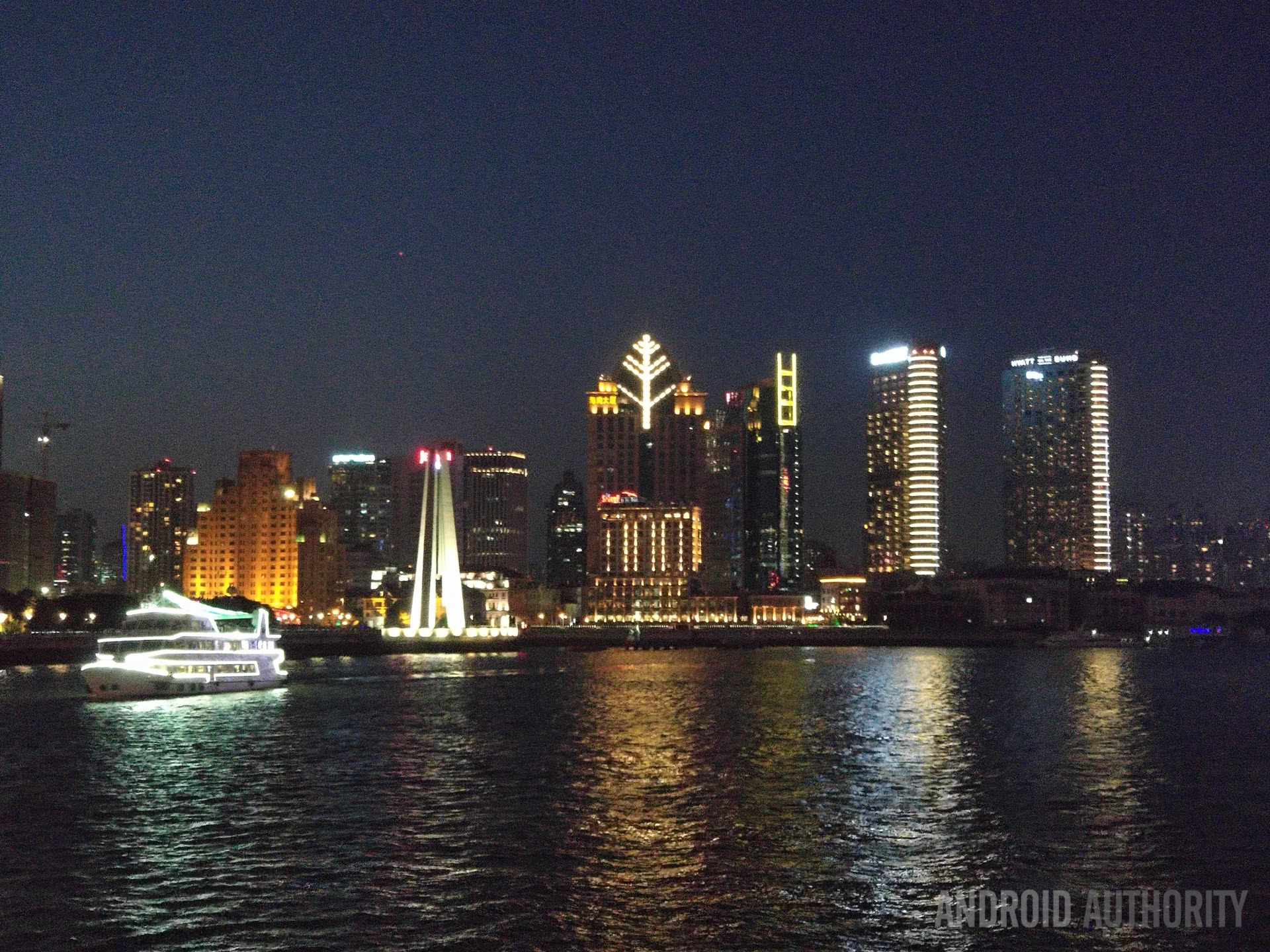
All in all, a tour of Shanghai provided a great subject for this camera test. Unsurprisingly, daylight shots fared well because of good lighting conditions. Low light shots were impressively captured. 4K video was highly detailed in most cases, despite the lack of OIS making for some shaky footage. The combination of the zoom lens and AI processing made cutting subjects out of the background when shooting portraits smooth. Though we like the results so far, it is hard to judge the portrait mode photos fully until the AI is fully fleshed out and updated on our review unit. Also, there was an issue of some green scan lines appearing in the corners of some portraits.
Every photo from this day can be found in 2K resolution in the gallery below. You can also check out the full resolution photos in this Google Drive folder if you wish to look closely at any of the details captured.
Let us know what you think of the photos and stay tuned for our full review coming soon (as well as the follow up once Xiaomi puts the finishing touches on the phone’s software).
